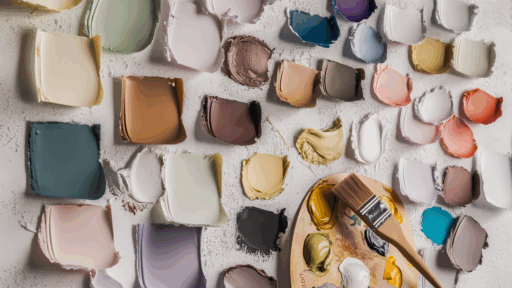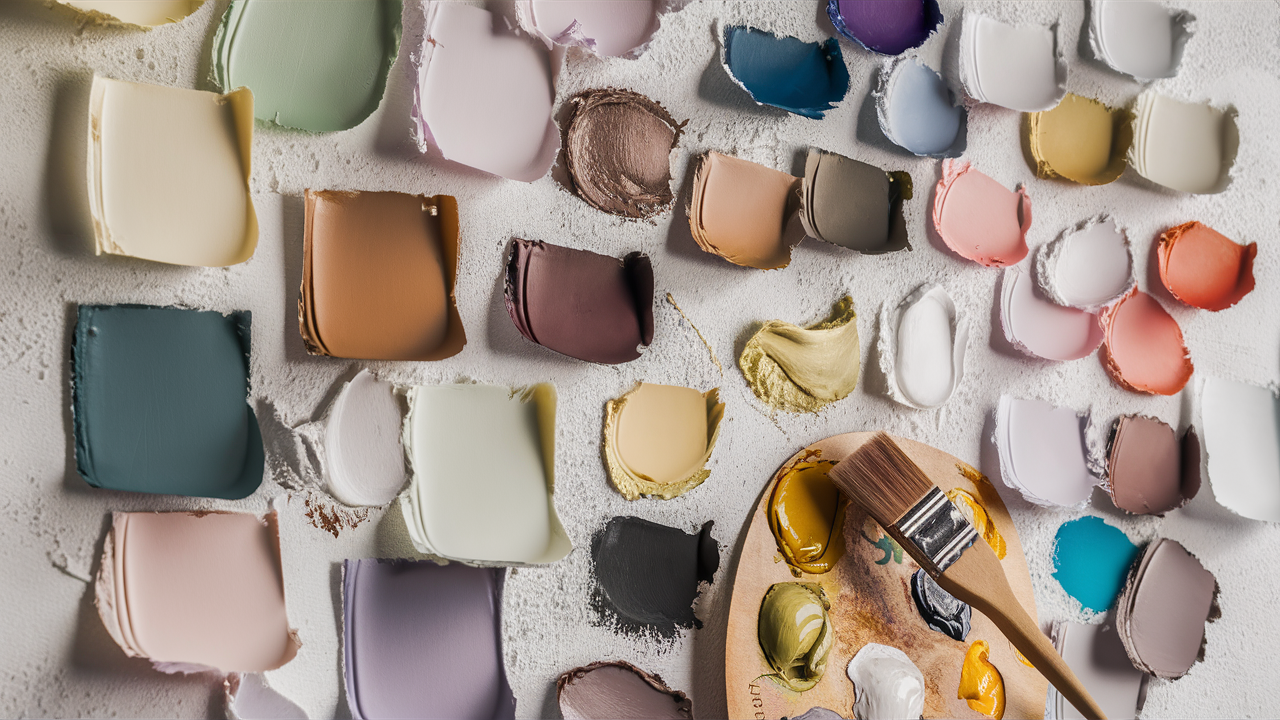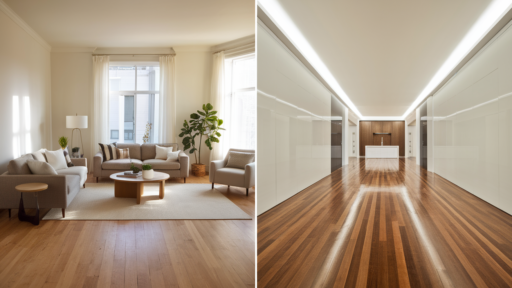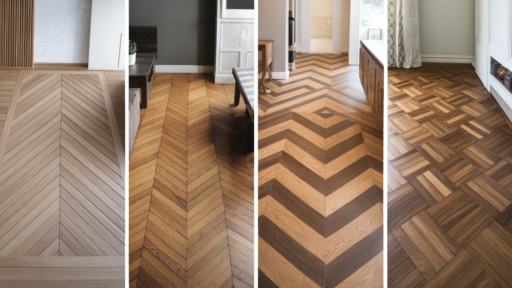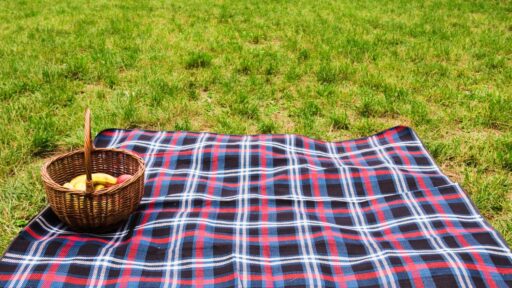Paint has the power to change everything. With just the right color, a dull room can feel fresh, a small space can seem bigger, and a cozy corner can glow.
But picking the bestpaint type for your interior walls can beconfusing. Should you go with flat, satin, or eggshell?
Water-based or oil-based? What works in the bathroom might not work in the bedroom. And what about kids’ rooms or hallways?
In this guide, I’ll explaineach type of interior wall paint, from finishes and formulas to what works best in different rooms. You’ll also find tips on prep, cleanup, and top brands to trust.
My goal is to help you make informed choiceswith confidence.I’ve sorted through the details so you don’t have to.
You can trust this guide to provide you with clear, useful advice, free from salesy fluff andjargon. Let’s make your walls look and feel just right.
Understanding Interior Paint Types
When I first started painting rooms in my home, I knew very little. I just picked something off the shelf and hoped it worked. But after a few mistakes (and some peeling walls), I learned that the type of paint matters as much as the color.
1. Water-Based Paints (Latex)
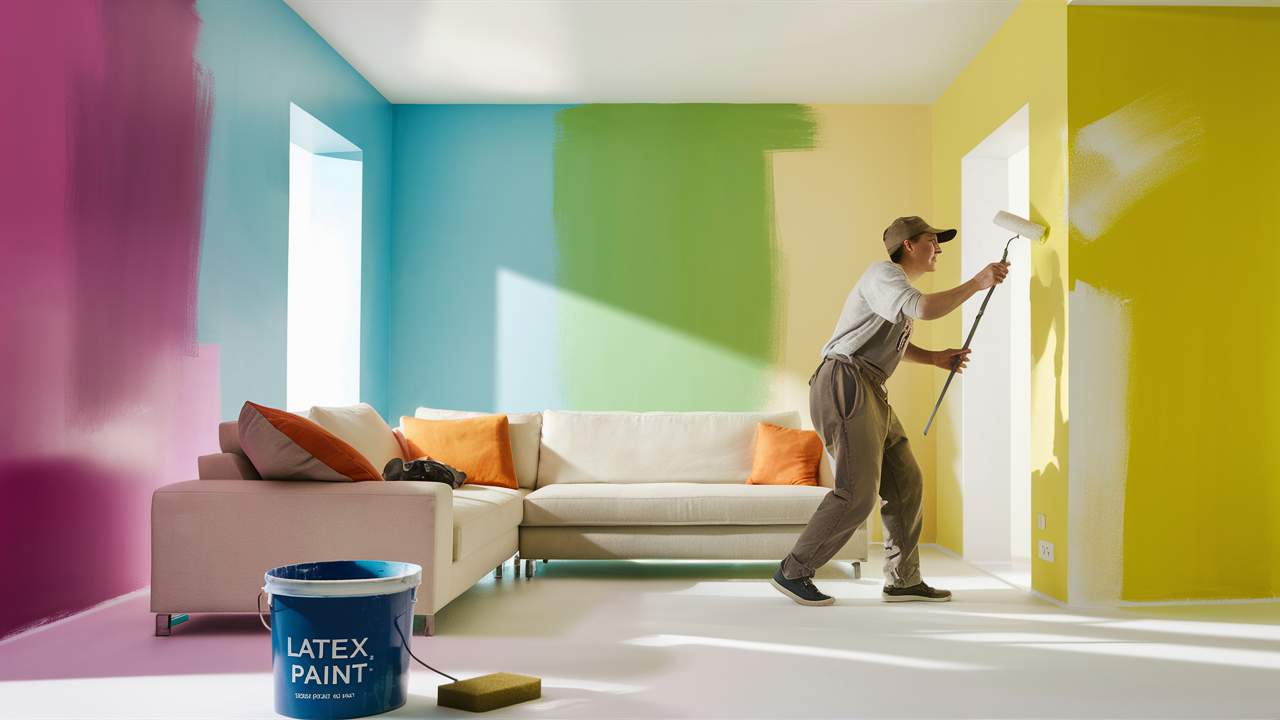
Water-based paints are the most commonly used for interior walls.
They dry quickly, often within an hour, and have a low odor, making them ideal for indoor use, especially if you have children or pets at home.
Cleaning up is easy too; just soap and water will do.
They’re available in a variety of finishes, including matte, eggshell, satin, and semi-gloss, so you can find the right look for any room.
Latex paints also resist yellowing over time, unlike some oil-based options.
Best for: Living rooms, bedrooms, hallways, ceilings, and general interior walls
2. Oil-Based Paints

Oil-based paints dry to a hard, glossy surface that withstands scuffs, scratches, and frequent cleaning well.
They take longer to dry, sometimes up to 24 hours, and require mineral spirits or turpentine for cleanup.
These paints are ideal for high-traffic areas or surfaces that are frequently touched, such as doors, cabinets, moldings, and baseboards.
While they have a stronger odor and release more fumes, they offer exceptional durability and a sleek finish.
Best for: Trim, moldings, doors, kitchen cabinets, and other high-use surfaces
3. Acrylic Paints
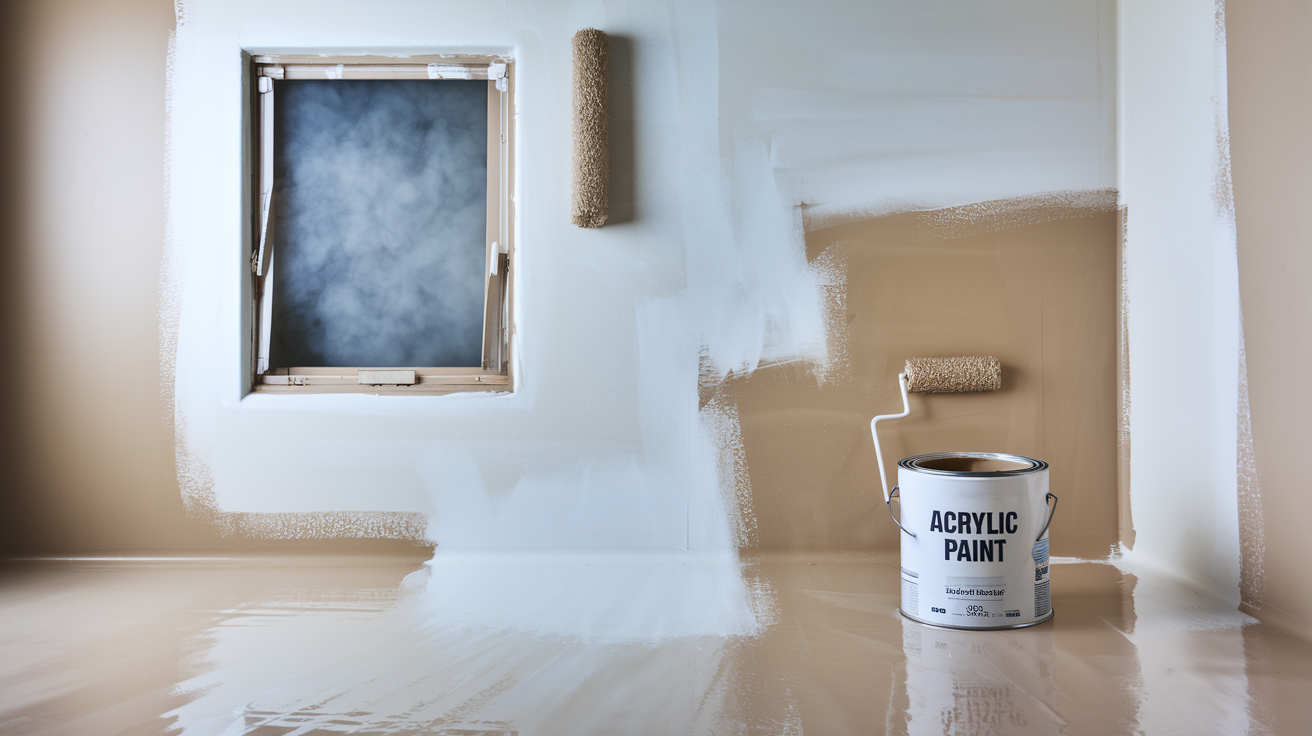
Acrylic paints are a type of water-based paint, but they are made with acrylic resins, which give them added flexibility and durability.
They’re known for resisting cracking, peeling, and blistering, even in humid or fluctuating climates.
This makes them especially useful in areas with high humidity, such as bathrooms, laundry rooms, and kitchens.
They also stick well to many surfaces, including wood, drywall, and masonry.
Best for: Bathrooms, kitchens, basements, and surfaces prone to moisture or temperature shifts
4. Specialty Paints
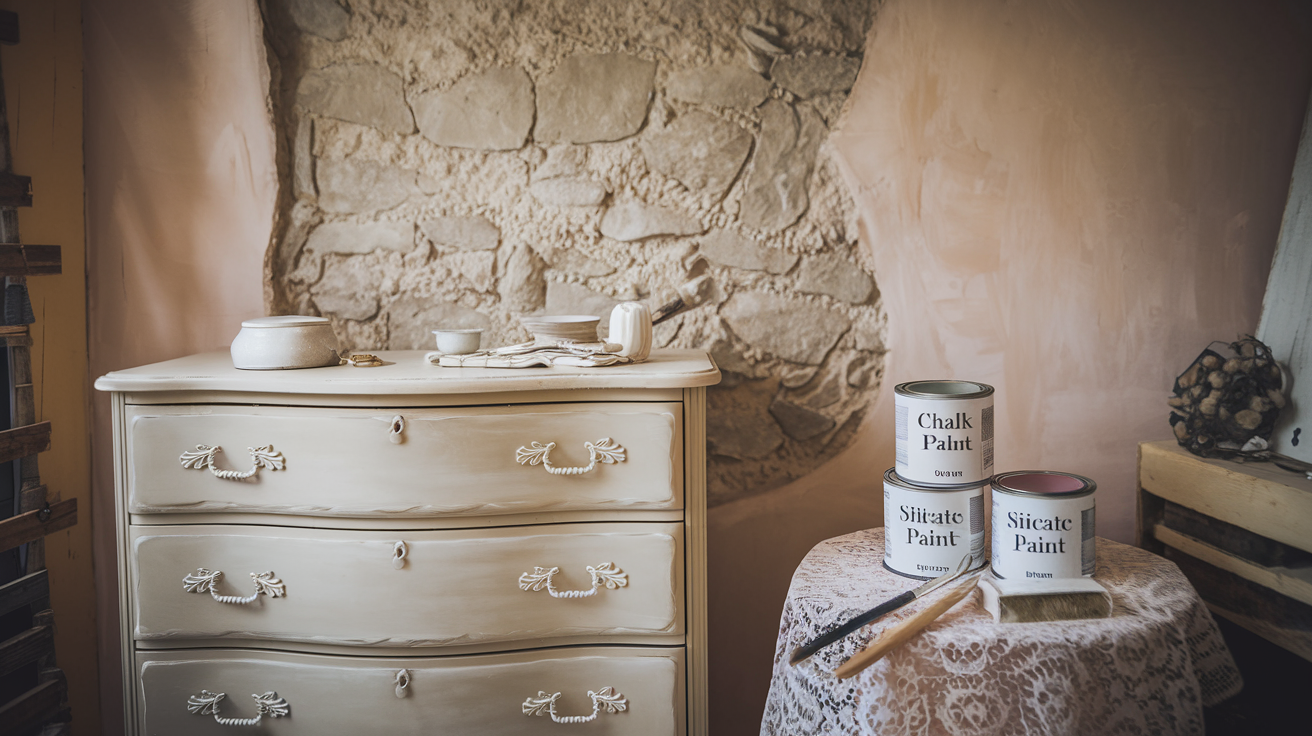
Specialty paints serve unique purposes and give distinctive finishes. For example:
- Chalk Paint: Known for its matte, velvety finish, chalk paint is a favorite for DIY projects, furniture makeovers, and rustic or vintage styles. It often doesn’t require sanding or priming and is easy to distress for a worn look.
- Silicate Mineral Paint: Made from natural minerals, this paint is breathable, highly durable, and eco-friendly. It bonds with mineral surfaces (like plaster or brick) and allows moisture to escape, making it ideal for historic or stone homes.
You’ll also find other specialty options, such as magnetic paint, dry-erase paint, and textured finishes, each tailored for creative or functional upgrades.
Best for: Furniture, accent walls, historic homes, artistic finishes, and specific surface needs
Which Paint Finish Should You Choose?
Choosing the right paint finish matters as much as picking the color. Not all walls are the same. Some get touched, some get scuffed, and somesit there looking pretty.
1. Flat / Matte

This one has no shine at all. I like it for ceilings or rooms where you don’t want to draw attention to the walls.
It hides bumps and flaws well, but it’s not great if you need to clean it often. Use it in low-traffic areas.
2. Eggshell

Eggshell has a soft, gentle glow, just enough to feel warm but not shiny.
I use it in bedrooms and living rooms because it looks smooth and wipes clean easily. It’s a great in-between option if you’re unsure what to pick.
3. Satin
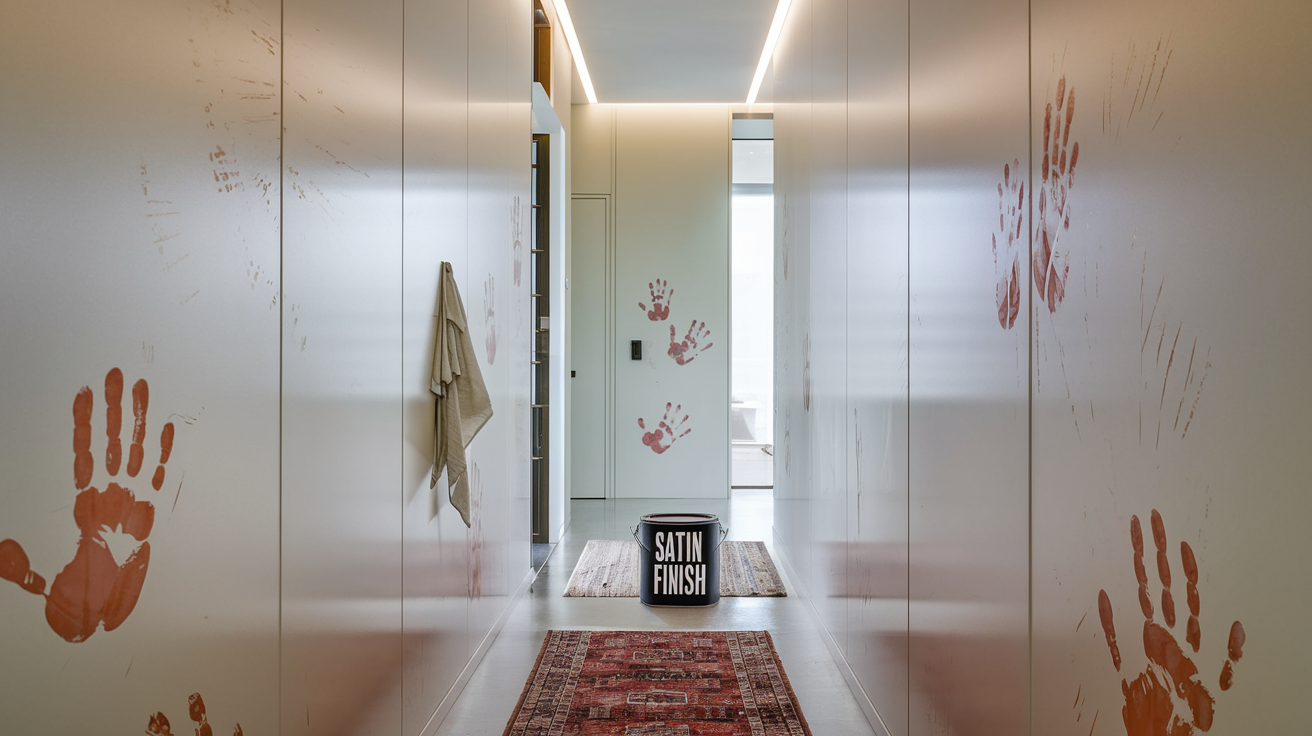
Satin feels like a step up from eggshell. It has a slight glossand withstands moisture and scrubbing well.
I always recommend this for kitchens, bathrooms, or even hallways where walls are frequently touched.
4. Semi-Gloss
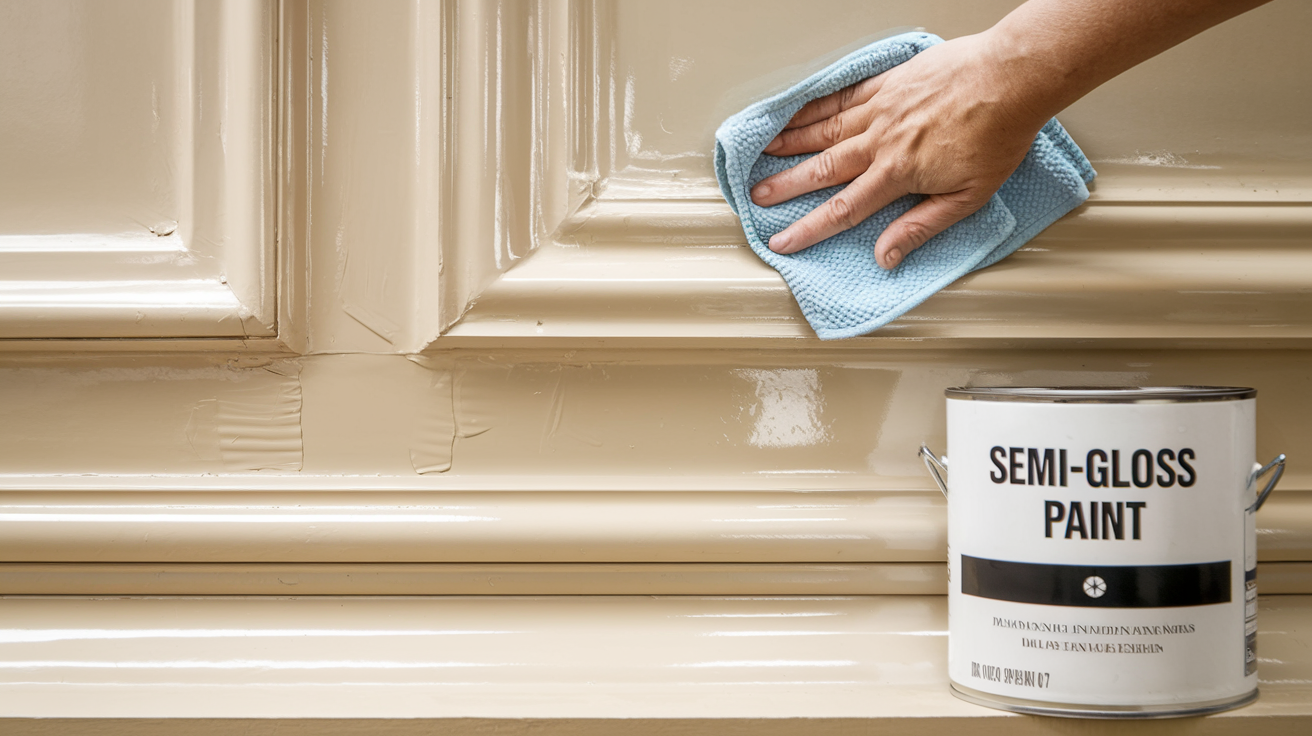
This one has a noticeable shineand is super tough.
I use it on trim, baseboards, and doors. It withstands wear and wipes clean in seconds. Please note that it shows imperfections more prominently than satin.
5. High-Gloss

High gloss is very shiny and bold, evoking a polished look. It’s great for furniture and cabinets because it’s so durable.
But it’s not forgiving, so your surface needs to be smooth and clean. I save it for small accent areas.
Comparison of Different Paint Finishes
| Finish | Look & Feel | Best Used For |
|---|---|---|
| Flat/Matte | No shine.Hides bumps and flaws. | Ceilings, low-traffic areas |
| Eggshell | Soft glow.Easy to wipe clean. | Bedrooms, living rooms |
| Satin | Slight gloss.Smooth and washable. | Kitchens, bathrooms, kids’ rooms |
| Semi-Gloss | Noticeable shine.Strong and sturdy. | Trim, baseboards, and doors |
| High-Gloss | Very shiny.Super durable and bold. | Cabinets, furniture, and accent pieces |
Don’t pick a finish just because it looks good in the store. Pick one that fits your space and how you live in it.
Choosing the Right Paint for Each Room
I’ve painted rooms that looked great until life happened. Grease in the kitchen, splashes in the bathroom, kids in the hallway. This is what I’ve learned the hard way, and I hope it helps you.
Living Room
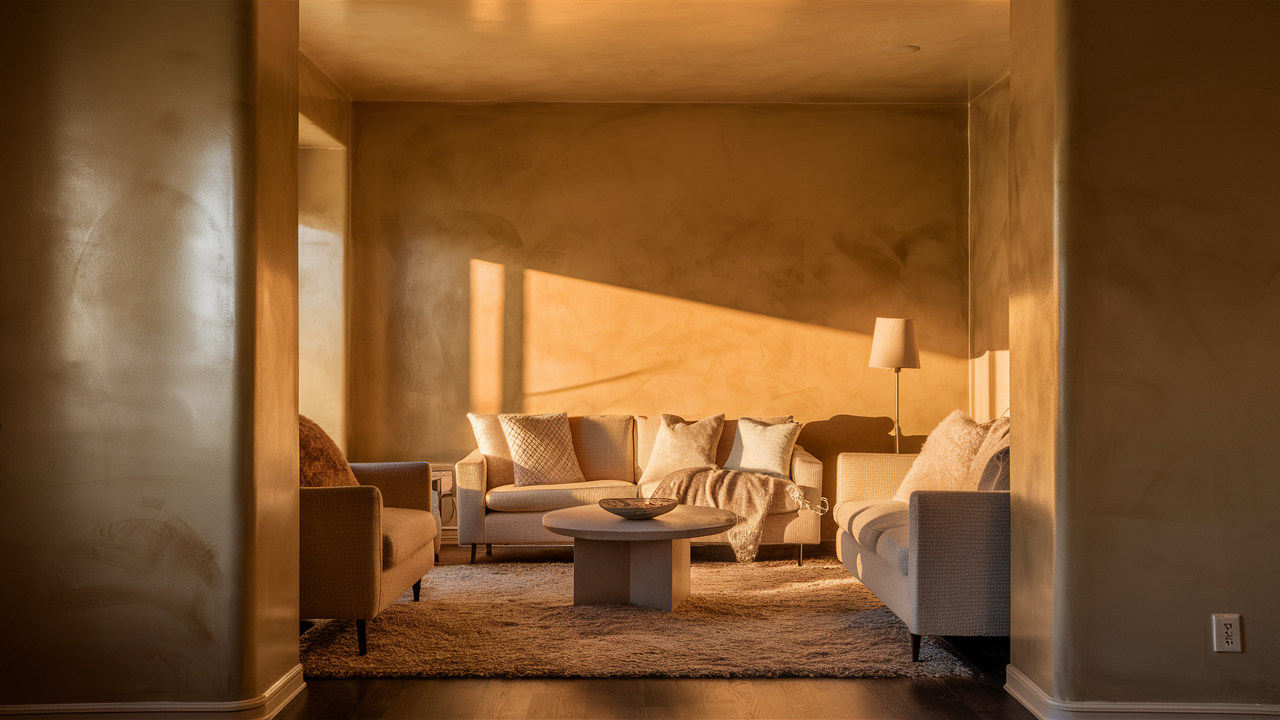
I usually choose eggshell or satin finish here.
Satin has just enough sheen to make the walls look clean and polished without being too shiny or flashy. It also holds up better if you have kids or pets brushing against the walls.
Eggshell is a bit more matte and gives a softer, more relaxed feel. It works really well if your living room doesn’t see a lot of rough use or if you prefer a cozier, low-sheen look.
Kitchen

Kitchens deal with steam, splashes, food stains, and grease, so your paint needs to withstand these elements.
I stick with satin or semi-gloss because they’re both washable and durable.
Semi-gloss adds a little more shine and toughness, which is great if you cook often or have a busy kitchen.
It also resists stains better and wipes clean more easily than lower-sheen finishes.
Bathroom
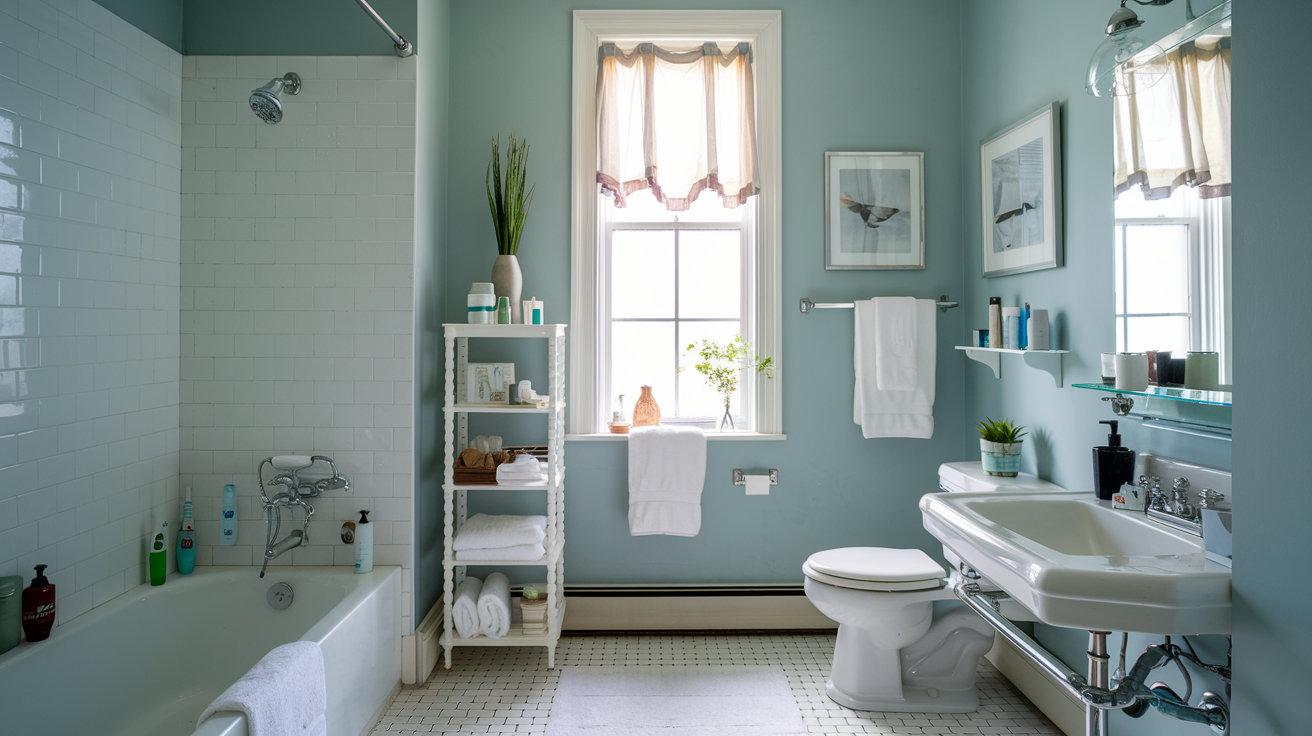
Moisture is a beast in bathrooms, steam, water drips, humidity, all of it.
That’s why I go with semi-gloss or high-gloss paint. These finishes repel water and don’t peel as easily in damp conditions.
High-gloss is super shiny, but it’s also the toughest. It works great for small bathrooms with little ventilation. Please note that this will reveal more wall imperfections.
Bedroom
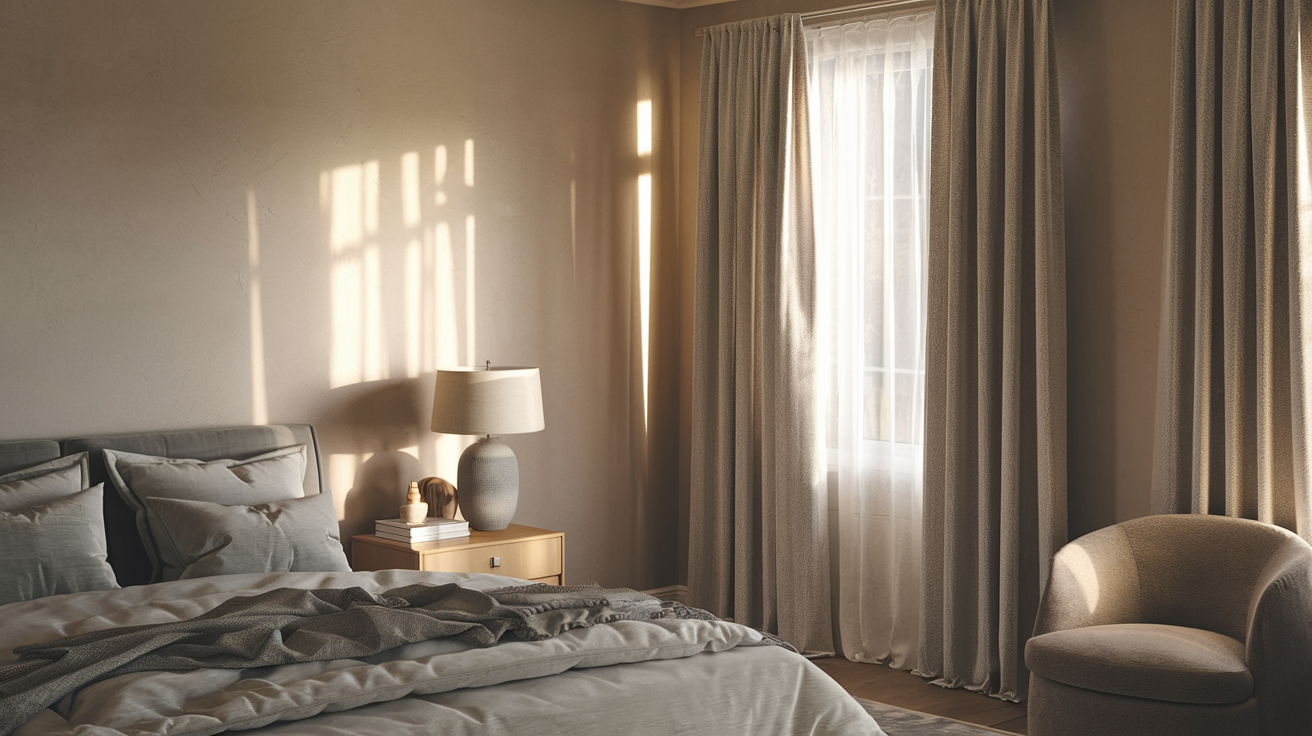
Bedrooms are for relaxing and unwinding, so I like finishes that are soft and non-reflective.
Flat paint offers a smooth, quiet appearance and conceals minor wall imperfections, making it ideal for older walls or those seeking a calm ambiance.
Eggshell adds a subtle glow without being shiny, and it’s easier to clean than flat. If your walls might get scuffed or you want a touch of warmth, eggshell is a nice balance.
Hallways
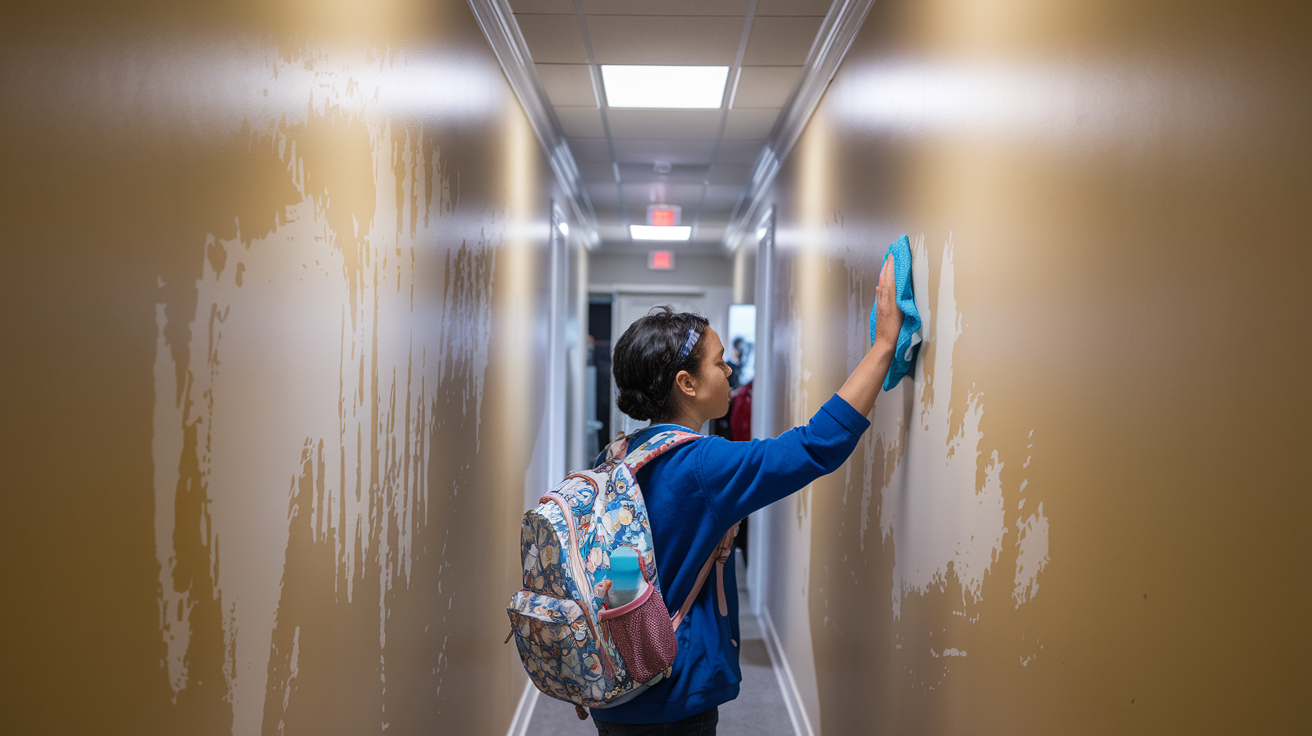
Hallways take a lot of hits, bags, backpacks, hands, furniture edges, so I always go with satin or semi-gloss.
They’re both super easy to wipe down and more durable than flat or eggshell.
Since these areas see daily use, a little bit of sheen goes a long way in keeping them looking clean and fresh.
Top Interior Paint Brands
Below is a breakdown of my go-to interior paint brands, what they’re good at, and what to expect:
Benjamin Moore
When I want something that looks rich and smooth, I go with Benjamin Moore. It’s on the pricey side, but the quality really shows, especially in deep or tricky colors. Coverage is strong, and the colors stay true over time.
Features:
- Excellent coverage and color depth
- Long-lasting finish
- Wide palette with designer shades
Sherwin-Williams
This is the brand I trust for walls that need to last. It’s durable, reliable, and available in finishes for every space. If you want pro-level results, this brand delivers.
Features:
- Stain-resistant formulas
- Broad product range for different rooms
- Easy-to-find stores nationwide
Behr
Behr is great when I need solid quality without spending a ton. You can find it at Home Depot, which makes it easy.
The coverage is good, and the colors hold up well.
Features:
- Budget-friendly
- Great for DIY projects
- Easy application and cleanup
Valspar
If you’re into eco-friendly choices, check out Valspar. They offer low-VOC optionsand a solid range of finishes.
It’s also known for easy color matching.
Features:
- Low-odor, low-VOC options
- Smooth application
- Color guarantee with samples
Paint Brand Comparison Table
| Brand | Why I Recommend It | Top Features |
|---|---|---|
| Benjamin Moore | High-end look, lasting color | Premium finish, wide palette, excellent coverage |
| Sherwin-Williams | Strong, professional-grade durability | Long-lasting, stain-resistant, great for high-traffic areas |
| Behr | Great value without skimping on performance | Affordable, good coverage, DIY-friendly |
| Valspar | Eco-conscious and easy to use | Low-VOC, smooth finish, great color matching |
If you’re undecided, consider your budget, goals, and the level of effort you’re willing to invest. You don’t need the most expensive paint; just the one that fits your project best.
Eco-Friendly and Health Considerations
Some paints release stuff called VOCs (volatile organic compounds). You might not see them, but they’re floating around in the air. That’s why I started paying attention to what I was putting on my walls and what I was breathing in:
Low-VOC and Zero-VOC Paints
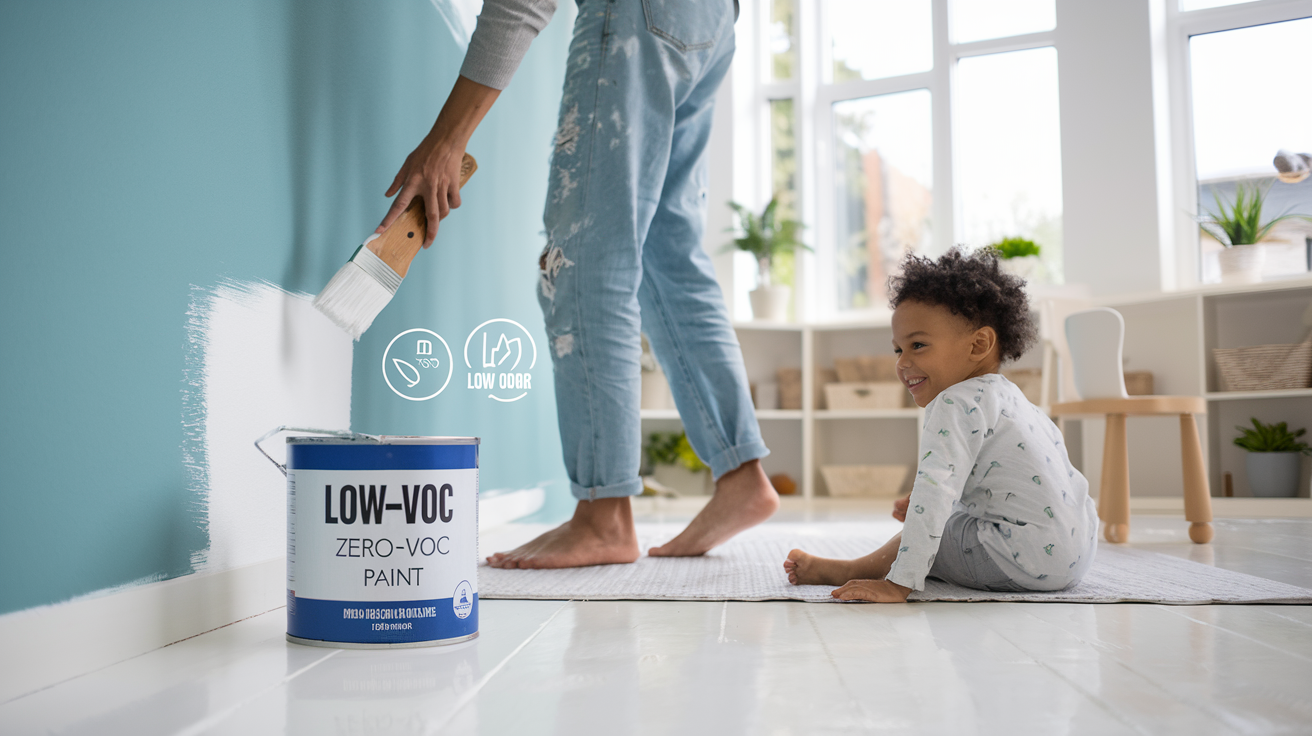
When I paint indoors, especially around children or pets, I opt forlow-VOC or zero-VOCoptions.
They don’t smell as strong, and they’re much better for the air inside your home. You’ll still get great coverage, just without the headaches literally.
Why it matters:
- Less indoor air pollution
- Fewer harmful fumes
- Safer for you, your family, and your pets
Natural Paints

This was new to me, too, but once I tried natural paint, I was hooked. It’s made from clay, chalk, plant oils, or other biodegradable stuff.
If you careabout what goes into your home (and into the earth), this is a great pick.
Why it matters:
- No synthetic chemicals
- Soft, earthy finishes
- Best for low-impact living
You don’t need to trade beauty for safety. You can have both. So if you’re repainting soon, take a second look at the label; it’s worth it.
Pros and Cons of Each Paint Type
Before you commit to a paint type, let’s discuss real-world pros and cons:
| Paint Type | Durability | Cost | Ease of Application | Cleanup | Environmental Impact |
|---|---|---|---|---|---|
| Water-Based (Latex) | Good for most walls. Holds up well. | Moderate | Very easy. Goes on smooth. | Soap and water. Simple. | Low-VOC versions are widely available. |
| Oil-Based | Very durable. Great for trim/doors. | Higher | Slower to work with. | Needs mineral spirits. | High VOC. Use with caution indoors. |
| Acrylic | Flexible and resists cracking. | Moderate | Easy, even in tricky spots. | Soap and water. | Generally low-VOC. |
| Chalk Paint | Less durable unless sealed. | Mid-to-high | Easy on furniture. Touchy on walls. | Water-based cleanup. | Varies by brand, someeco options. |
| Silicate Mineral | Extremely long-lasting. | Expensive | Takes more prep and knowledge. | Water-based. | Excellent. Natural and breathable. |
Start with how you usethe room. Then match the paint type to your needs, not the label hype. You’ll save time, money, and maybe even your sanity.
Common Paint Mistakes to Avoid
I’ve made some of these mistakes myself, so if I can help you avoid frustration, I will. Here’s what to watch for:short, simple, and to the point.
- Skipping primer: I used to think primer was optional, but it’s not.It helps paint stick better and keeps the color even.
- Using the wrong finish: Not all finishes work in every room. Shiny paint shows flaws,and flat paint stains easily.
- Painting without testing the color: The color always looks different on your wall than in the can. Test a small patch first, and you’llsave yourself a big mess later.
- Ignoring temperature and humidity: Too hot, too cold, or too damp? Your paint won’t dry right.Follow the label for best results.
A little prep goes a long way. Paint smart, not fast.
Conclusion
Choosing the right paint for your walls doesn’t have to feel overwhelming.
I’ve been there, staring at too many options, unsure of what would actually work. However, once you understand the types, finishes, and where they best fit, it becomeseasier.
Whether you’re painting a busy hallway or a quiet bedroom, there’s a paint that fits.
Consider how the space is used, the amount of cleanup you can handle, and the desired aesthetic look. And don’t forget to test that color before you commit.
I hope this guide clarified things and helped you feel more confident in your choices.
If you have questions or want to share what worked for you, I’d love to hear from you. Now, grab a brush and make those walls yours.

